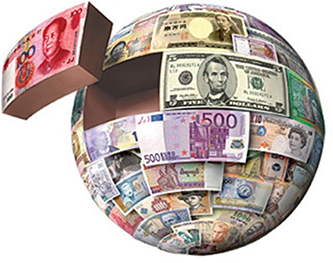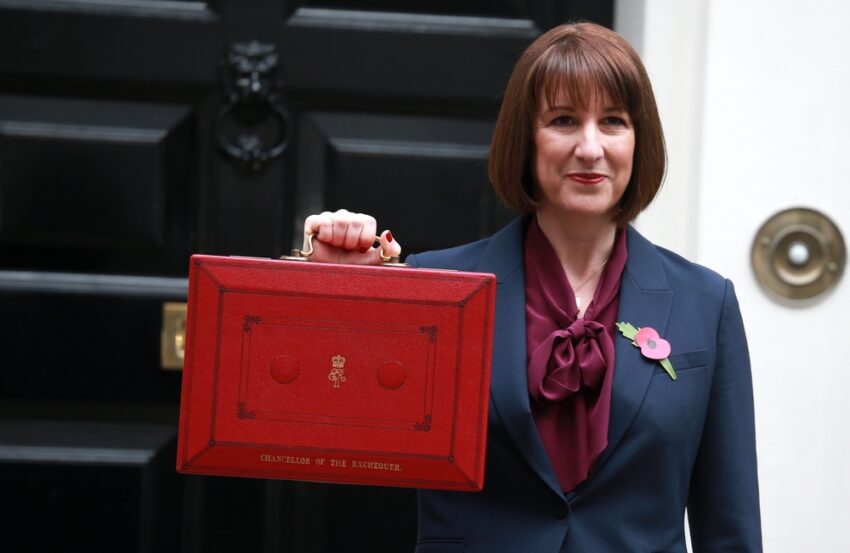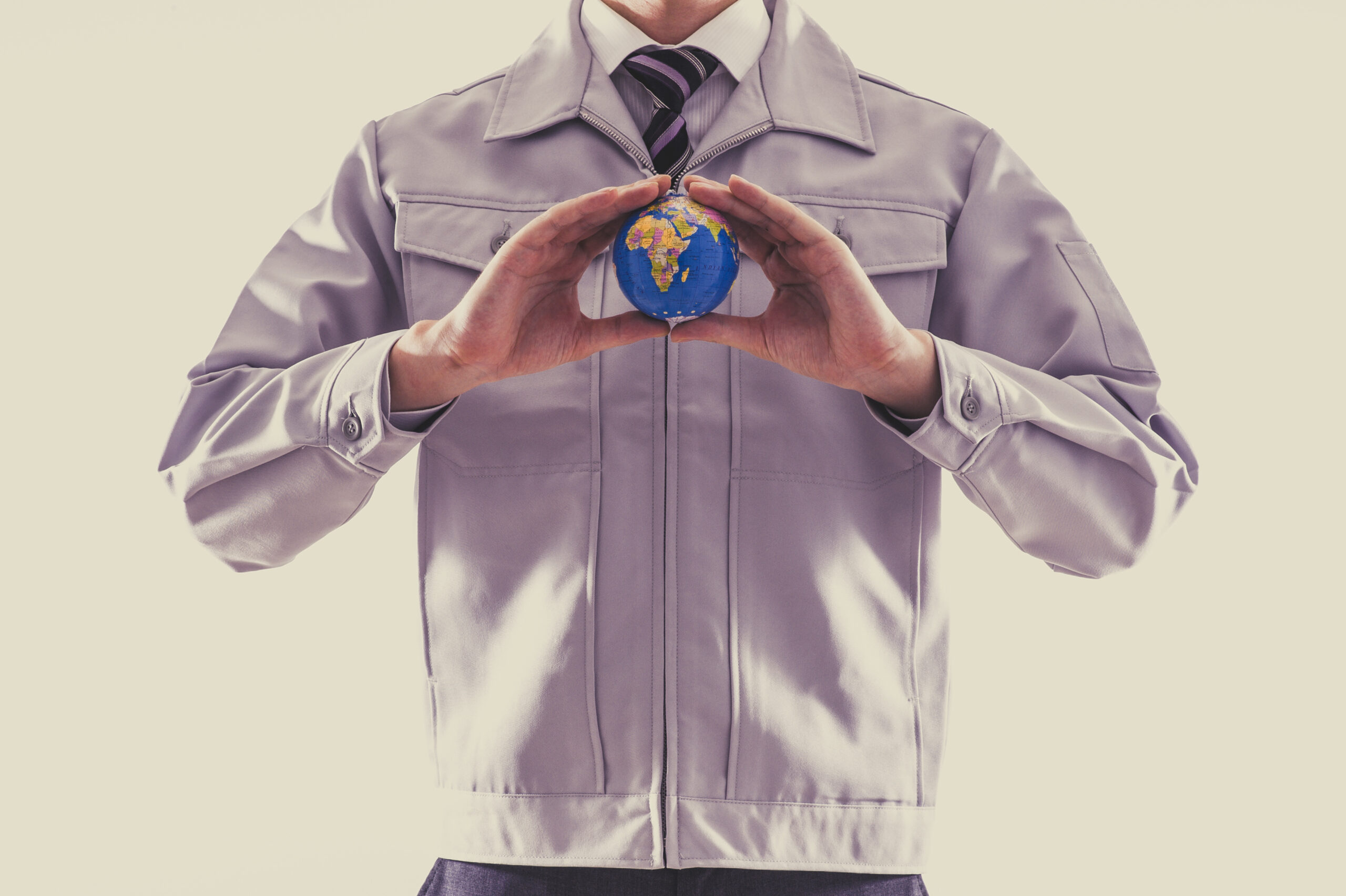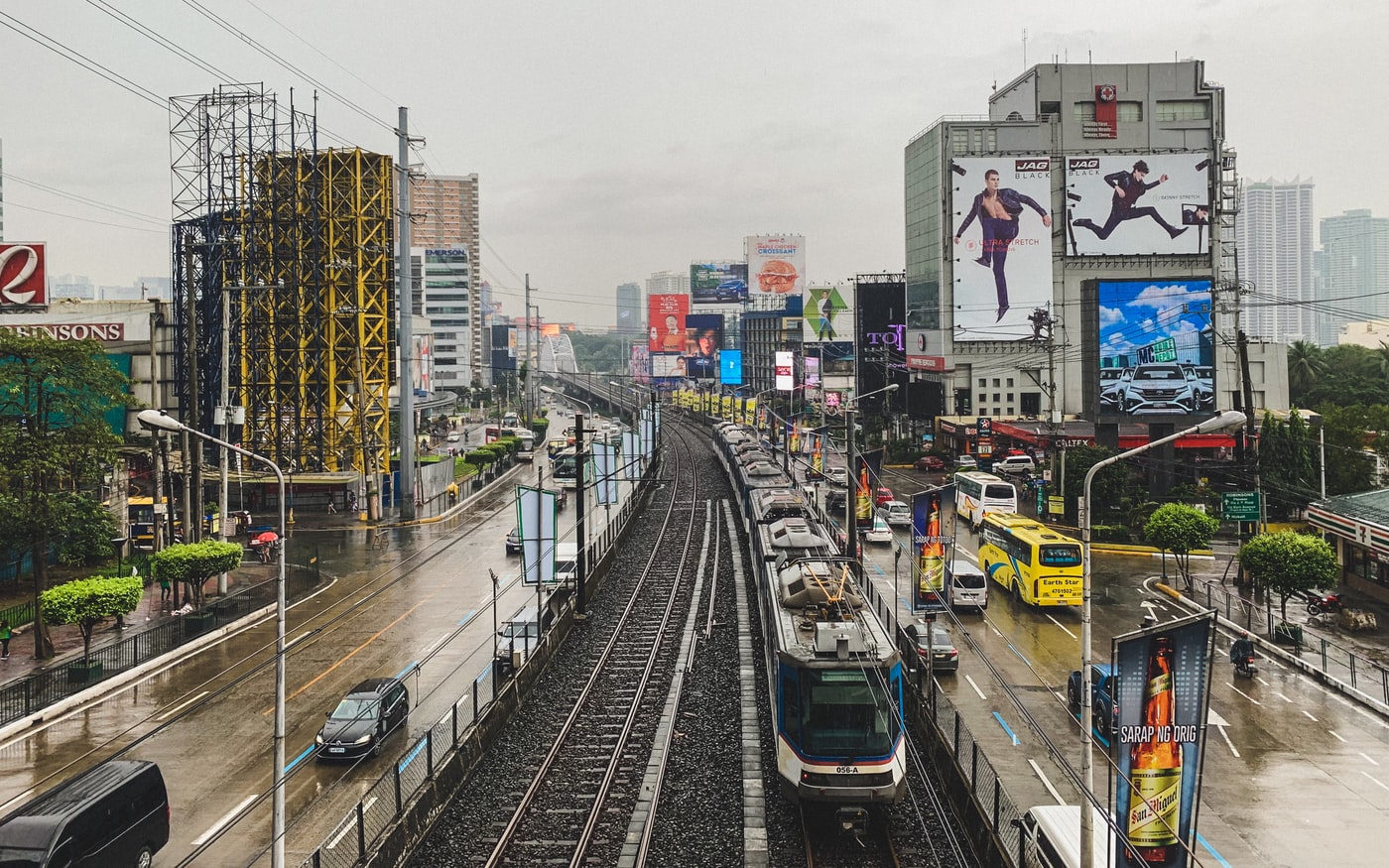Trump’s abrupt freeze on foreign aid throws humanitarian work into chaos
The Trump administration’s freeze on foreign aid has left humanitarian organizations in the lurch, halting lifesaving services and putting the future of the sector at risk. Even if organizations find ways to continue their work, experts say the move puts the global reputation of the United States at risk. The Trump administration announced a sweeping and unprecedented freeze on foreign assistance last week. This halts billions of dollars: In fiscal year 2022 (the most recently reported numbers), the U.S. promised $70.3 billion for humanitarian aid and other foreign “peace, security, and economic development” efforts. Although Secretary of State Marco Rubio has issued a waiver for lifesaving services, Alex de Waal, executive director of the World Peace Foundation, says the definition of what counts as this kind of aid isn’t clear. Humanitarian aid workers themselves say there is still little guidance or clarity about which organizations qualify, and whether that permission supersedes the suspension letters they received. It’s also not clear whether the waiver covers things like data collection or information systems that then allow lifesaving aid work to function efficiently. The Famine Early Warning Systems website run by the United States Agency for International Development (USAID), for example, became unavailable in the wake of the announcement. “Maybe collecting data is not seen as saving lives, but it’s like telling a physician, ‘You can administer medicine but you can’t give a diagnosis,’” de Waal says. Humanitarian work in Sudan, Uganda, and other countries halted The freeze concerns not just new contracts but also current contracts—including ones with foreign governments, which may be considered treaties. De Waal says that means it’s a breach of contract and unlawful. It also means that humanitarian organizations are concerned they won’t be reimbursed for work they’ve already been contracted to do. Until more guidance is issued by the State Department or USAID, “we really have to continue to assume that our activities are to be suspended,” says one senior aid worker at an organization that works in countries including Sudan, Uganda, and Somalia. “And this is true for pretty much all [international nongovernmental organizations, or INGOs].” The impact for people in those countries is already devastating. In Sudan, that worker’s organization runs feeding centers for malnourished babies and children, which require 24-hour care. “Having to immediately shut these feeding centers means that these babies will die in a matter of hours,” they say. In Uganda, the organization runs reception and transit centers for refugees coming from Congo. Just last week, the Congo city of Goma fell to rebel forces, ushering in even more violence and insecurity. That means the number of refugees entering Uganda is growing, but with the closing of those centers—which provide food, shelter, and organizational services—refugees are left without support. “Then you start to play this out—what does this look like as more and more people come every day because of the violence happening in Congo, and there continues to be no one actually organizing new arrivals?” the senior aid worker says. “You can imagine that is going to lead to continued scarcity of resources on the ground, and then conflict and violence will ensue when there’s no order there, and more and more people [will be] on the brink of starvation.” Risk to the entire humanitarian sector Some groups, particularly if they have private funding, may be able to continue their work during this freeze. For the aid worker who spoke to Fast Company, though, the risk is too great for their midsize organization. Continuing their work could result in millions of dollars in uncovered costs and no reassurance that they would be reimbursed by the U.S. government. They already fear having such costs because of details like Sudanese labor laws, which require six months’ notice for employees before their contracts are terminated. That means even if the organization halts its work immediately, it will still need to pay hundreds of frontline workers for six months of employment. “If that’s an uncovered cost of $2 million—just for Sudan, not to mention [the other countries we work in]—we will go under,” the worker says. “As will almost every INGO and USAID contractor.” Though there are still many unknowns amid the chaos, the senior aid worker noted that donations to organizations doing humanitarian work could be crucial to allow them to continue their services. They also advocated for pressure on Congress and elected officials “to say that this is unconscionable, this is not who we are, and we don’t want to see this happen.” Destructive to U.S. national security Beyond the appalling, immediate human toll and risk to humanitarian work at large, the freeze also threatens international relations and national security. Many U.S. administratio

The Trump administration’s freeze on foreign aid has left humanitarian organizations in the lurch, halting lifesaving services and putting the future of the sector at risk. Even if organizations find ways to continue their work, experts say the move puts the global reputation of the United States at risk.
The Trump administration announced a sweeping and unprecedented freeze on foreign assistance last week. This halts billions of dollars: In fiscal year 2022 (the most recently reported numbers), the U.S. promised $70.3 billion for humanitarian aid and other foreign “peace, security, and economic development” efforts.
Although Secretary of State Marco Rubio has issued a waiver for lifesaving services, Alex de Waal, executive director of the World Peace Foundation, says the definition of what counts as this kind of aid isn’t clear. Humanitarian aid workers themselves say there is still little guidance or clarity about which organizations qualify, and whether that permission supersedes the suspension letters they received.
It’s also not clear whether the waiver covers things like data collection or information systems that then allow lifesaving aid work to function efficiently. The Famine Early Warning Systems website run by the United States Agency for International Development (USAID), for example, became unavailable in the wake of the announcement. “Maybe collecting data is not seen as saving lives, but it’s like telling a physician, ‘You can administer medicine but you can’t give a diagnosis,’” de Waal says.
Humanitarian work in Sudan, Uganda, and other countries halted
The freeze concerns not just new contracts but also current contracts—including ones with foreign governments, which may be considered treaties. De Waal says that means it’s a breach of contract and unlawful. It also means that humanitarian organizations are concerned they won’t be reimbursed for work they’ve already been contracted to do.
Until more guidance is issued by the State Department or USAID, “we really have to continue to assume that our activities are to be suspended,” says one senior aid worker at an organization that works in countries including Sudan, Uganda, and Somalia. “And this is true for pretty much all [international nongovernmental organizations, or INGOs].”
The impact for people in those countries is already devastating. In Sudan, that worker’s organization runs feeding centers for malnourished babies and children, which require 24-hour care. “Having to immediately shut these feeding centers means that these babies will die in a matter of hours,” they say.
In Uganda, the organization runs reception and transit centers for refugees coming from Congo. Just last week, the Congo city of Goma fell to rebel forces, ushering in even more violence and insecurity. That means the number of refugees entering Uganda is growing, but with the closing of those centers—which provide food, shelter, and organizational services—refugees are left without support.
“Then you start to play this out—what does this look like as more and more people come every day because of the violence happening in Congo, and there continues to be no one actually organizing new arrivals?” the senior aid worker says. “You can imagine that is going to lead to continued scarcity of resources on the ground, and then conflict and violence will ensue when there’s no order there, and more and more people [will be] on the brink of starvation.”
Risk to the entire humanitarian sector
Some groups, particularly if they have private funding, may be able to continue their work during this freeze. For the aid worker who spoke to Fast Company, though, the risk is too great for their midsize organization. Continuing their work could result in millions of dollars in uncovered costs and no reassurance that they would be reimbursed by the U.S. government.
They already fear having such costs because of details like Sudanese labor laws, which require six months’ notice for employees before their contracts are terminated. That means even if the organization halts its work immediately, it will still need to pay hundreds of frontline workers for six months of employment. “If that’s an uncovered cost of $2 million—just for Sudan, not to mention [the other countries we work in]—we will go under,” the worker says. “As will almost every INGO and USAID contractor.”
Though there are still many unknowns amid the chaos, the senior aid worker noted that donations to organizations doing humanitarian work could be crucial to allow them to continue their services. They also advocated for pressure on Congress and elected officials “to say that this is unconscionable, this is not who we are, and we don’t want to see this happen.”
Destructive to U.S. national security
Beyond the appalling, immediate human toll and risk to humanitarian work at large, the freeze also threatens international relations and national security. Many U.S. administrations have seen foreign aid as a national security issue, de Waal says, and even if the funding gets reinstated, the freeze has “basically sent huge shock waves” through the world of U.S. allies.
That’s because the U.S.’s reputation is now taking a hit. “It telegraphs so clearly that the United States is not a reliable partner. It is not an entity that you can trust or depend on to make good on its word,” says Hilary Matfess, an assistant professor at the University of Denver Josef Korbel School of International Studies. “And that’s a really easy narrative to exploit if you are one of our near-peer or great power competitors.”
That could spur anti-U.S. sentiment, and more. Without the U.S. providing much-needed aid around the globe, there will be a vacuum that other countries may be strategically looking to fill. “If you’re Russia or China right now, you just have to be kind of sitting back giddily to watch the United States be so willing to sacrifice the reputation that it’s built through its aid programs,” Matfess says, adding that from a policy perspective, this was like the U.S. “shooting itself in the foot.”
Combating the influence of rising powers like Russia and China is done, Matfess says, “in part by cultivating global alliances and doubling down on partnerships based on the idea that we can do good in the world. . . . This withdrawal suggests that all of that is fragile and untenable.” It also suggests the U.S.’s approach to foreign relations is to “bully” its way into maintaining influence, she notes, though she says she doesn’t “have a lot of faith in that being able to work.”
De Waal called the action of freezing foreign aid “entirely impetuous and reckless.” He says the move only makes sense in the context of a total reboot of U.S. strategy. (The aim of that reboot may be to completely change the country’s approach to foreign aid; the freeze came as part of Trump’s “America First” agenda, and a State Department memo noted that Rubio will, over the next few months, decide whether to “continue, modify, or terminate programs.”)
“But in the moment between pushing the reboot button and the reboot happening,” de Waal says, “an awful lot of havoc can happen.”






















